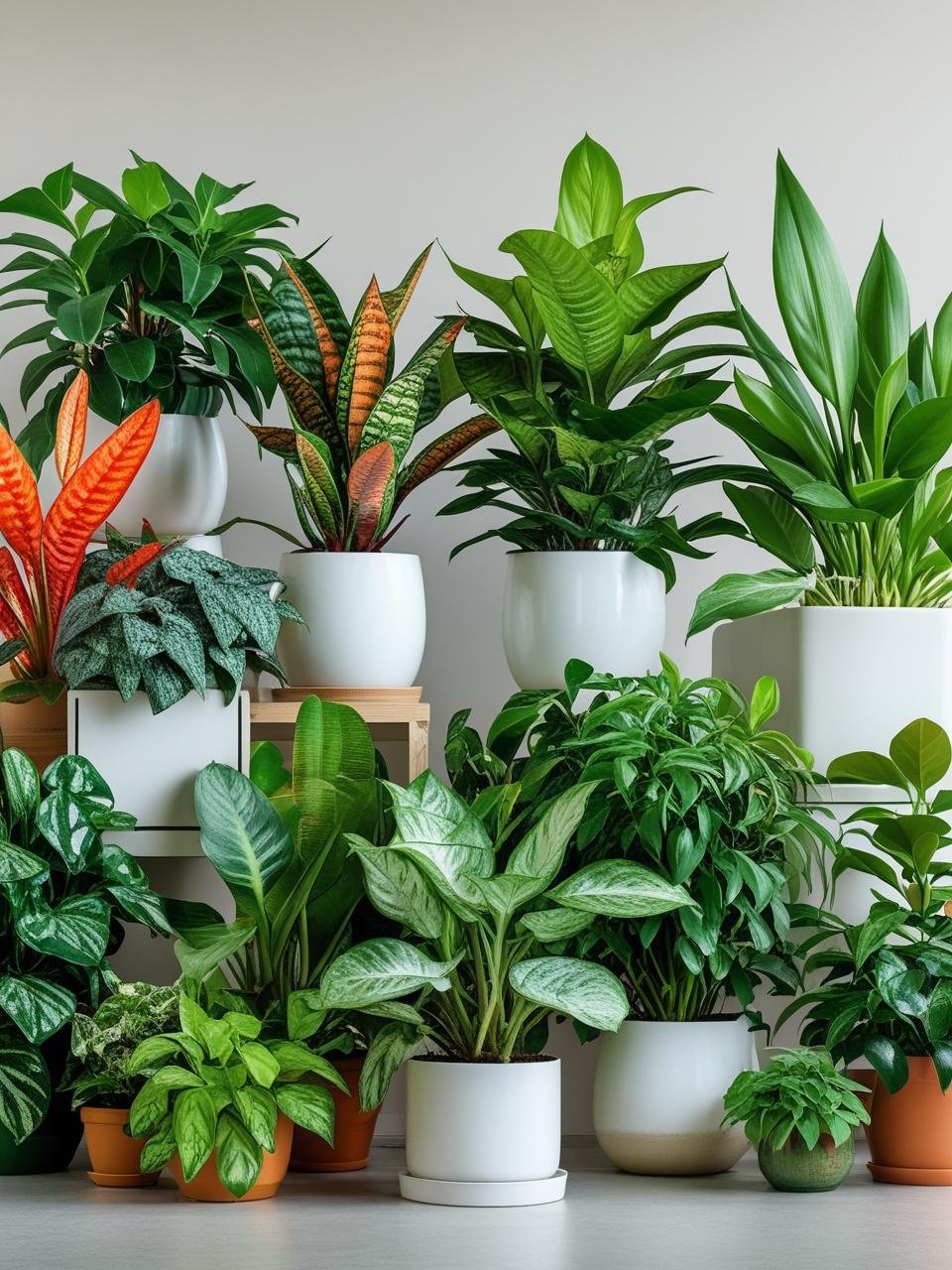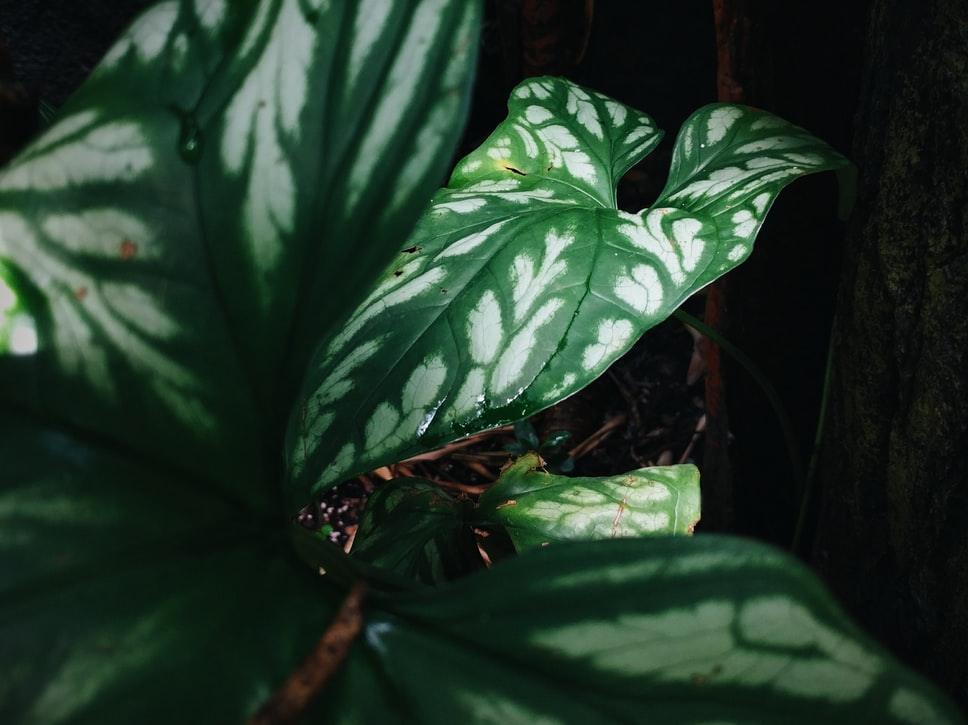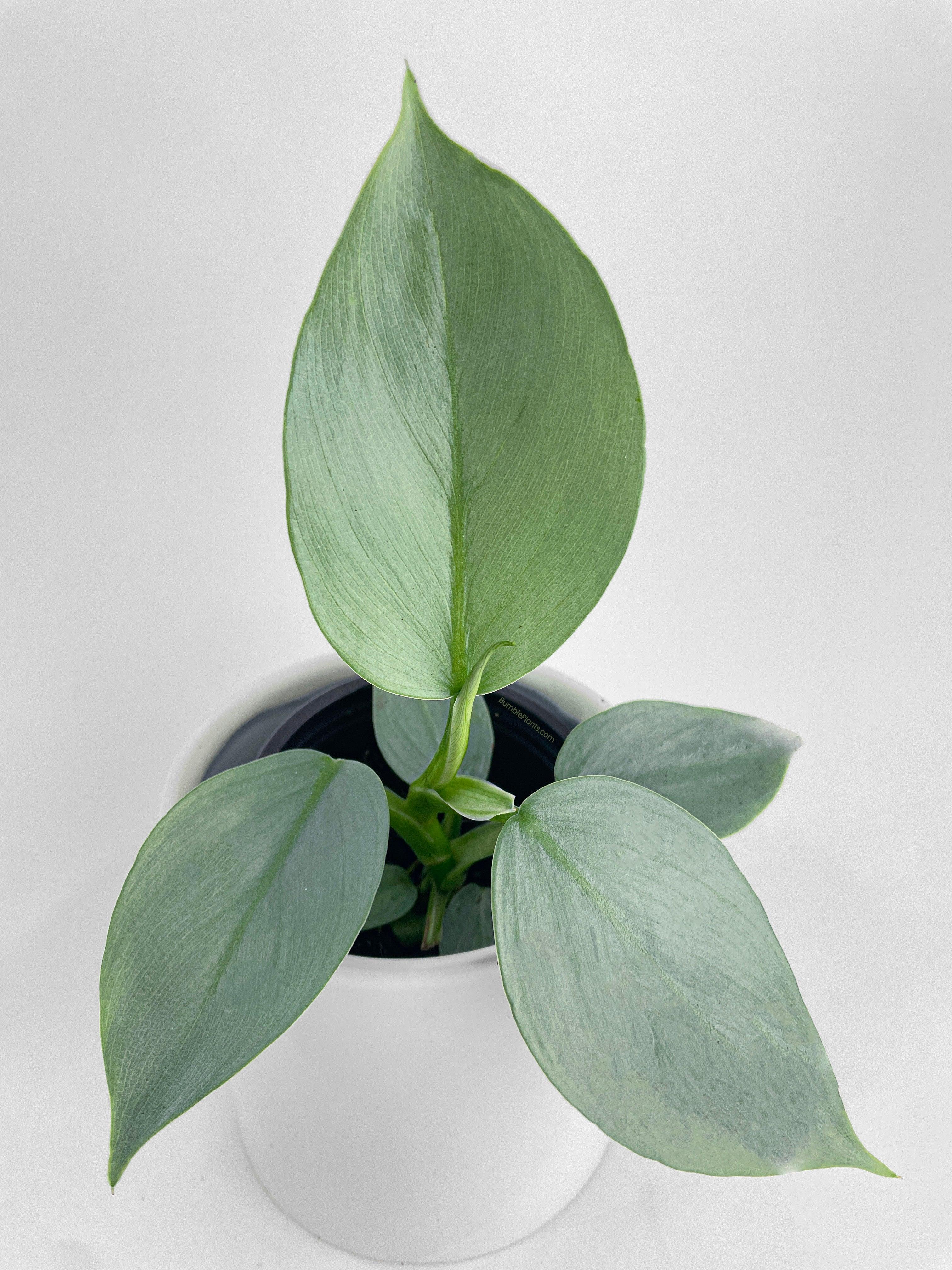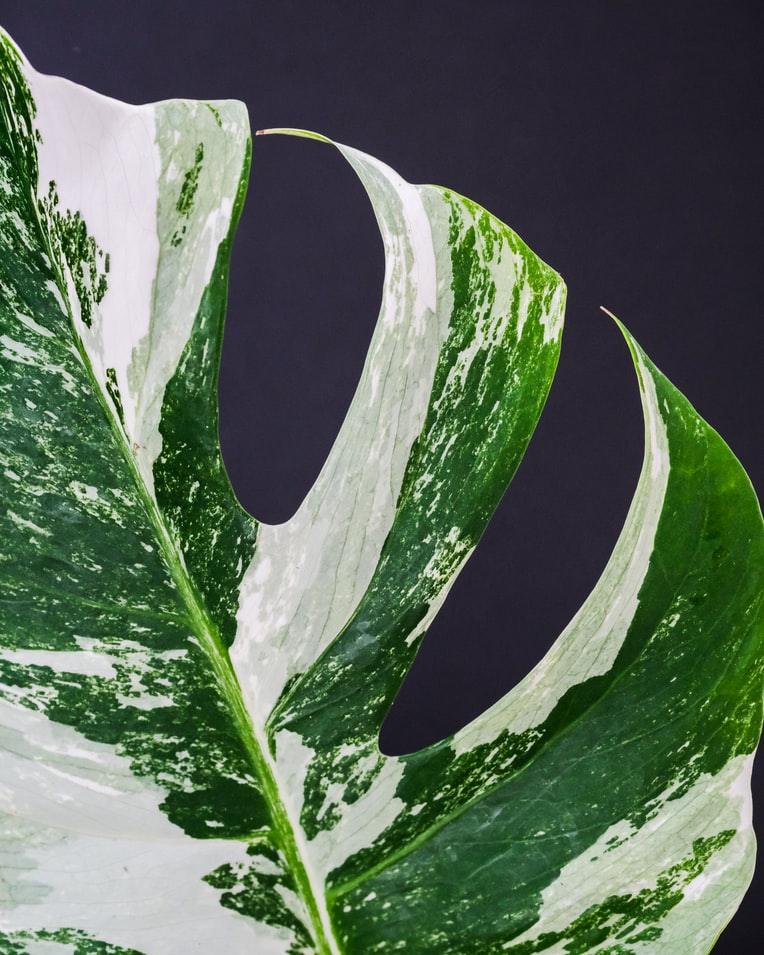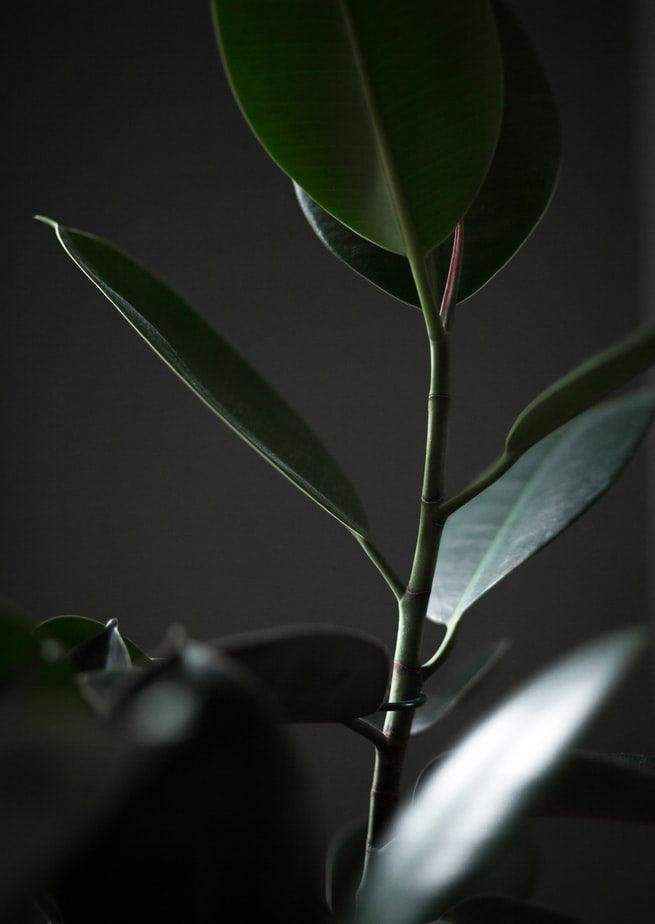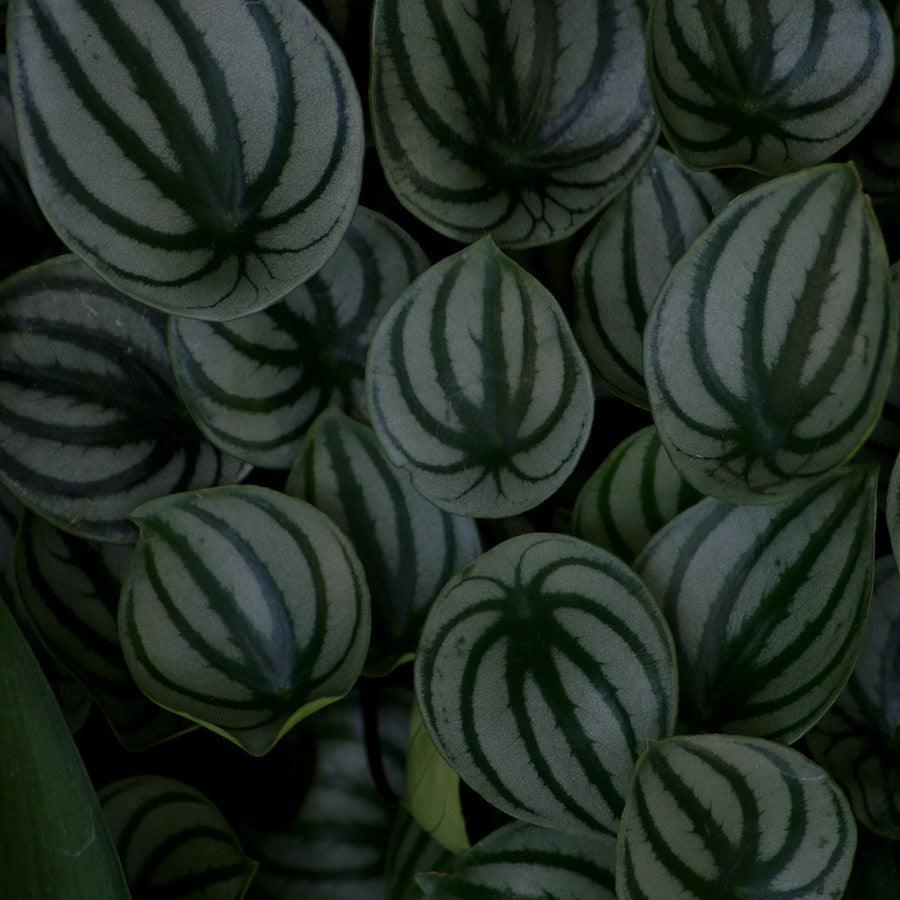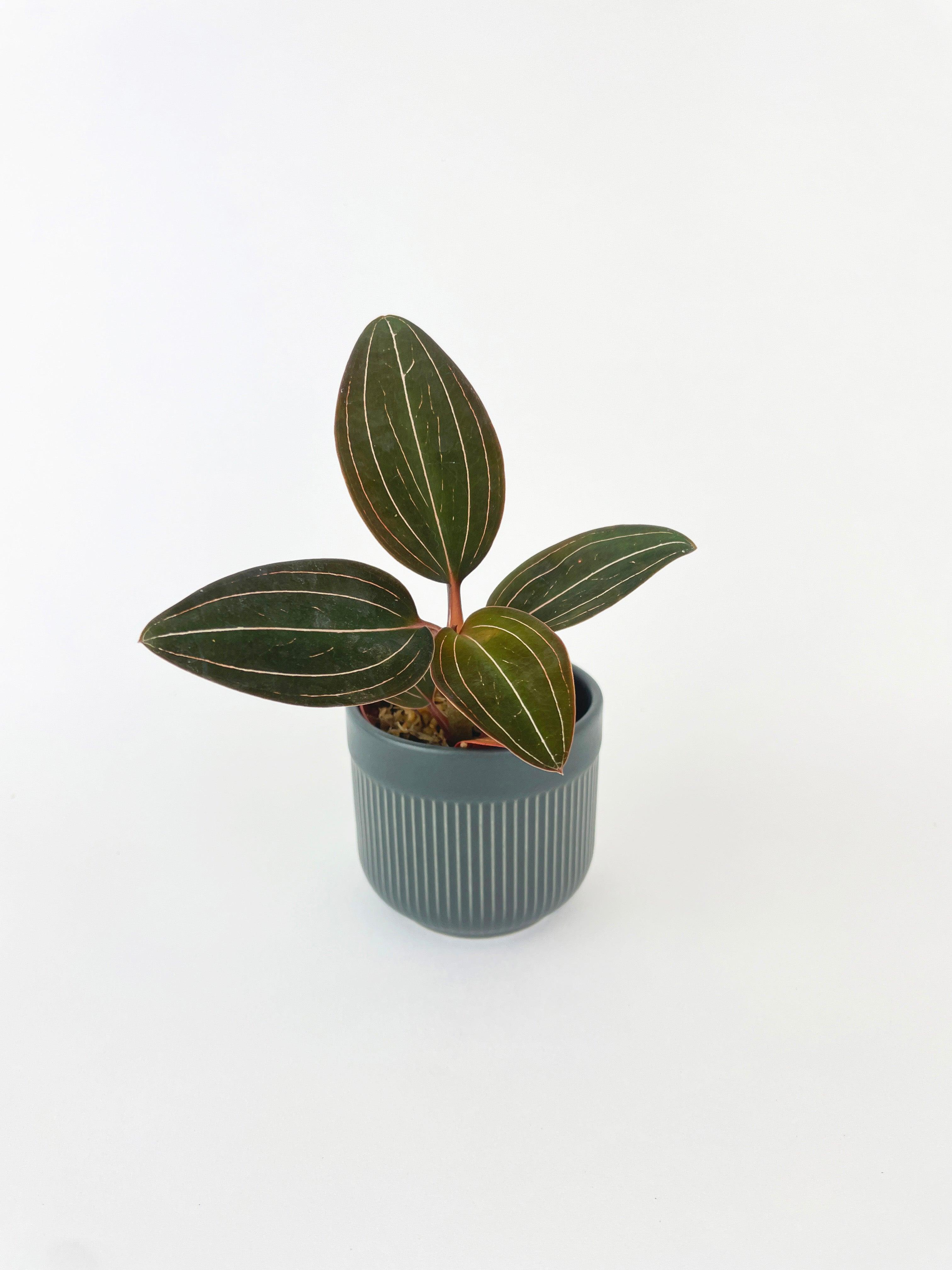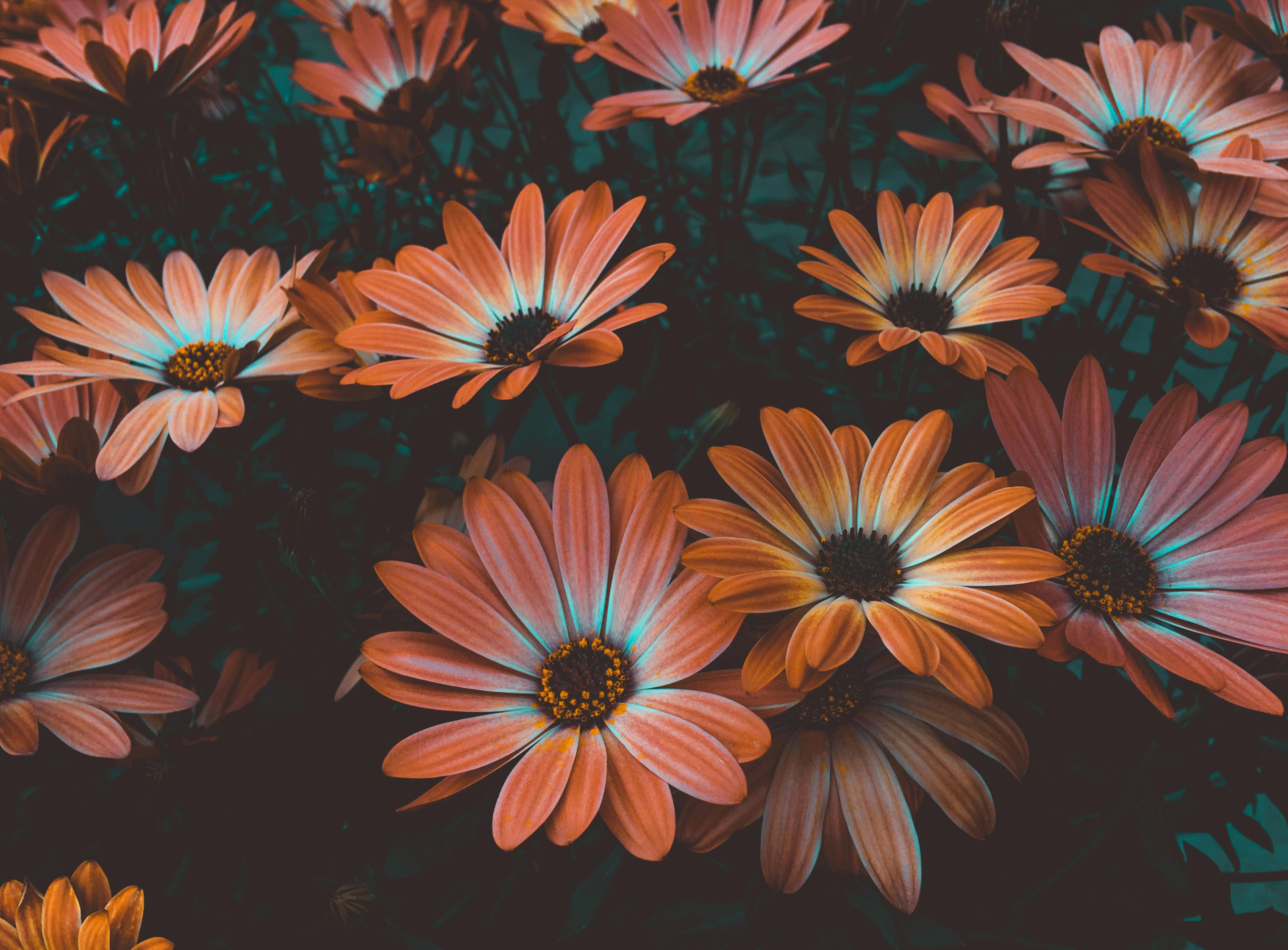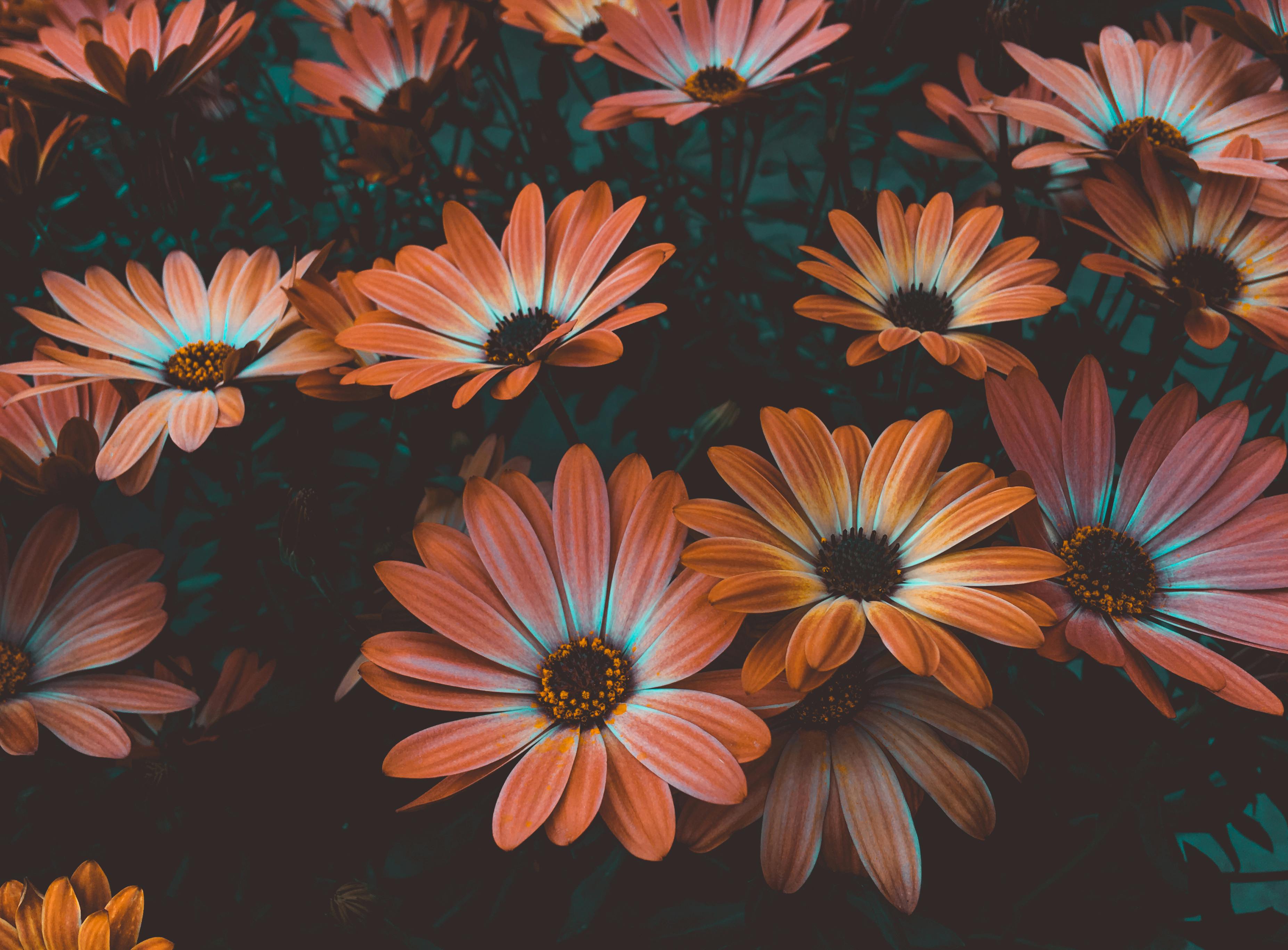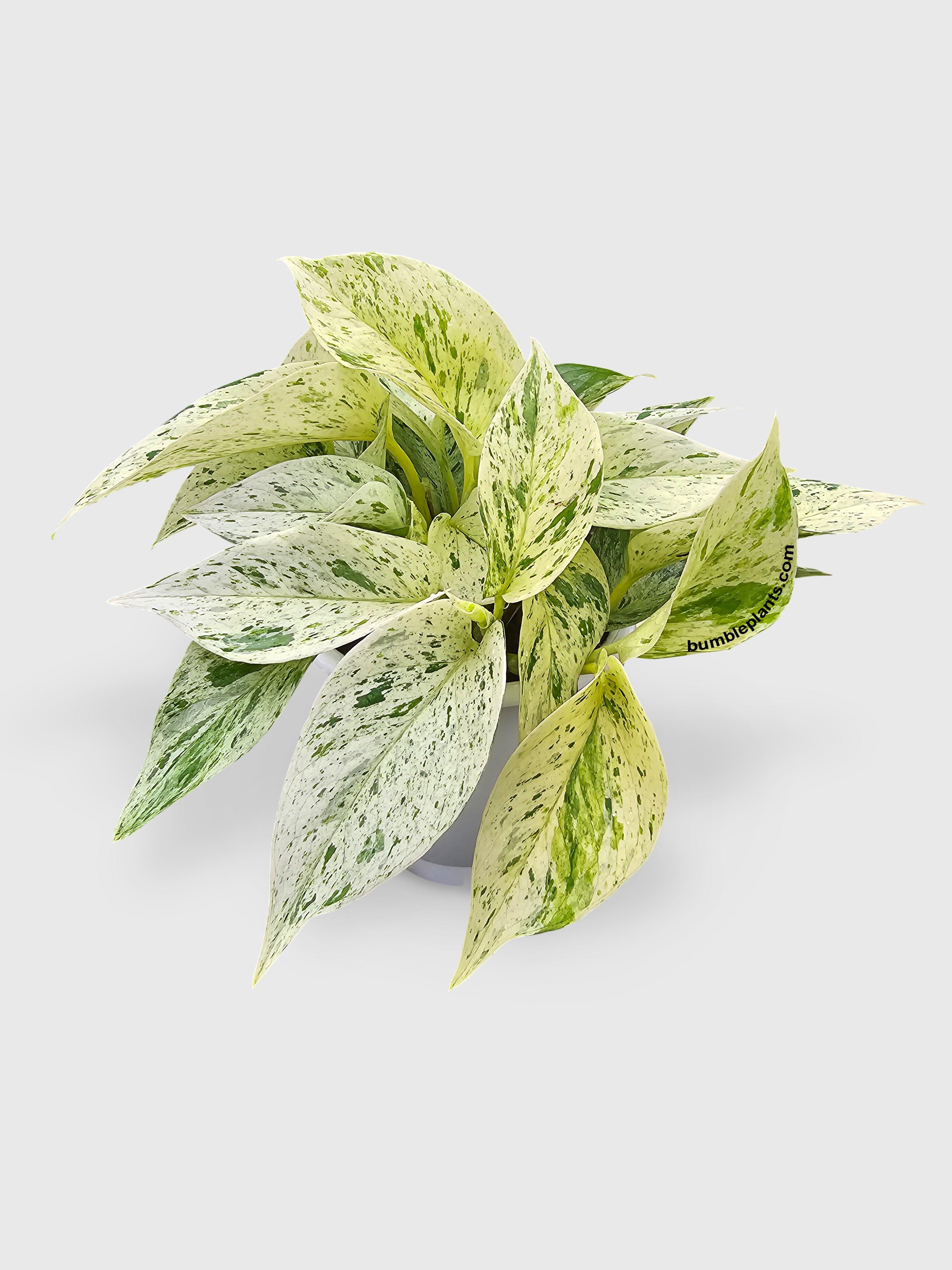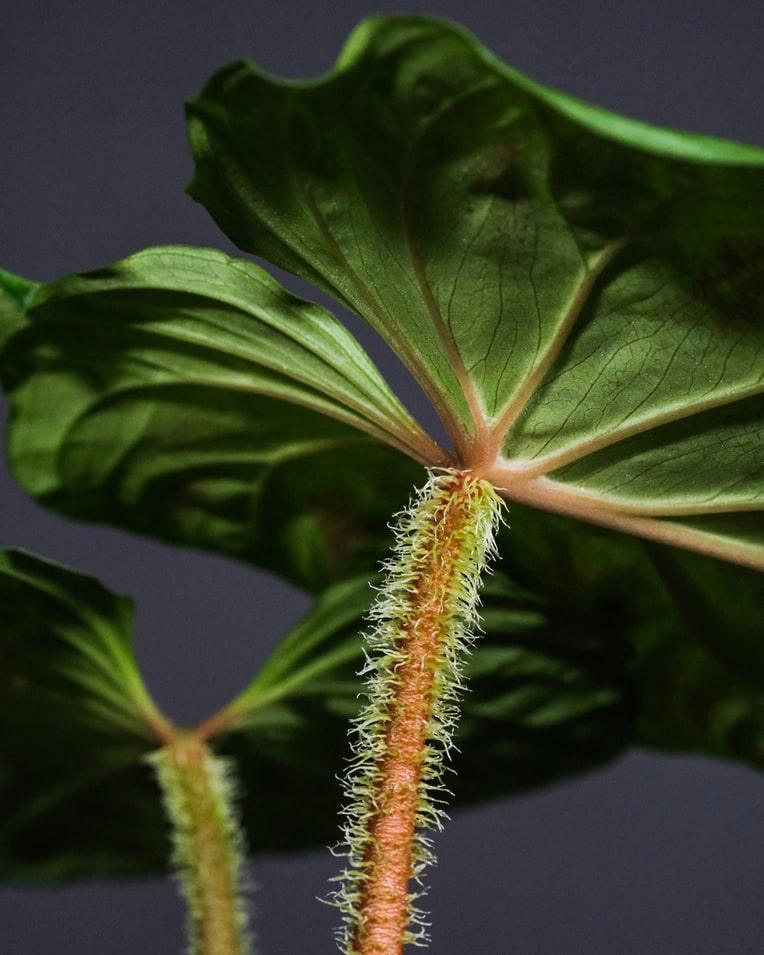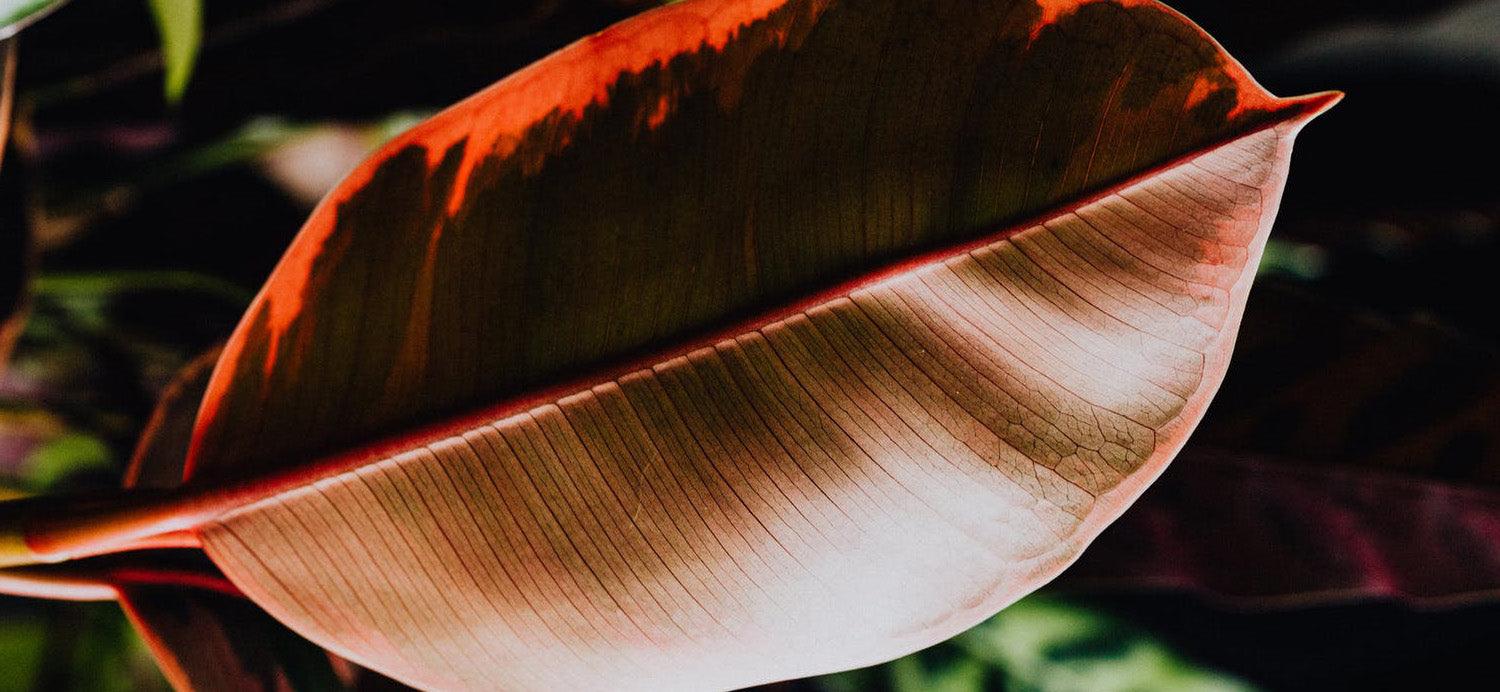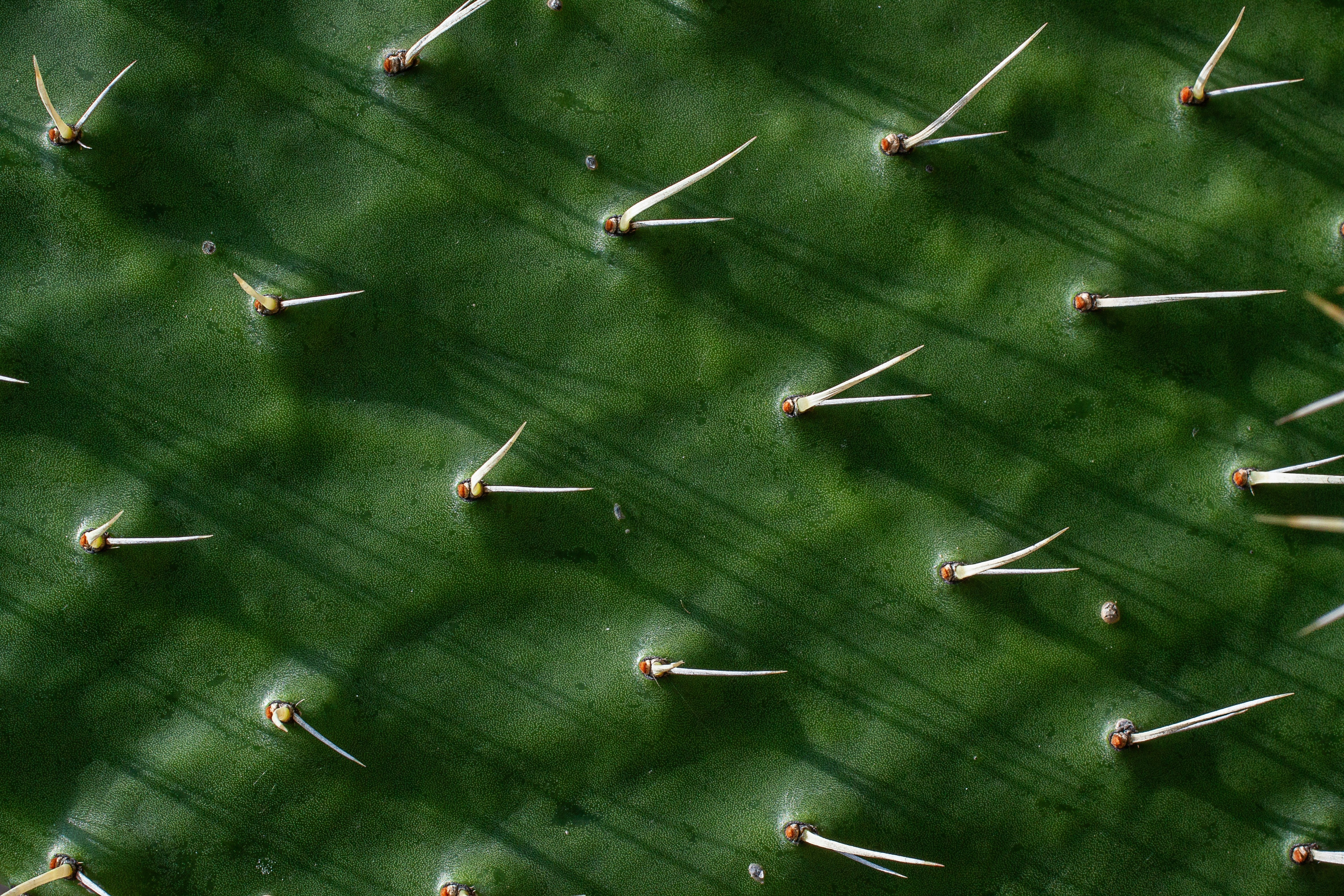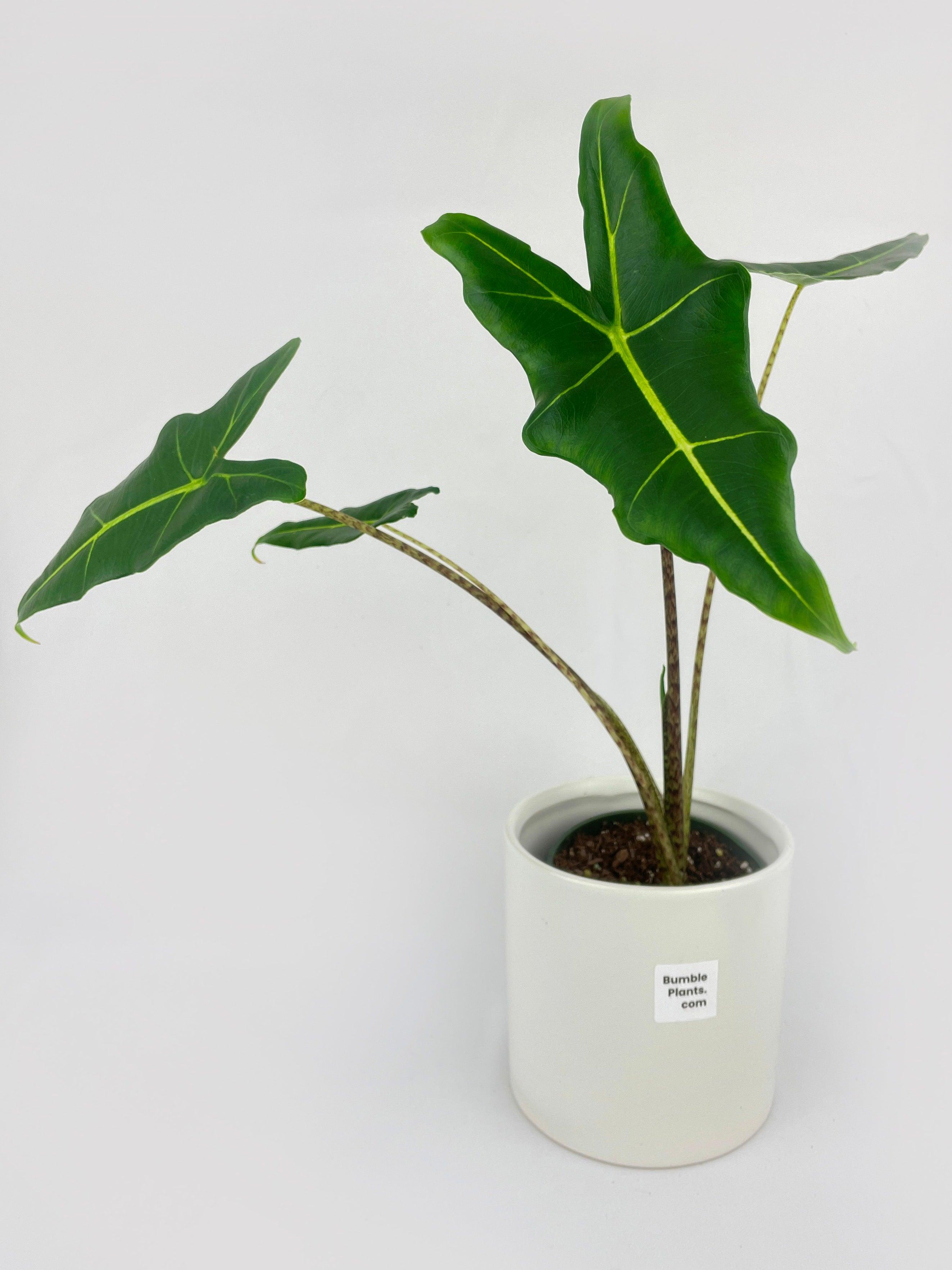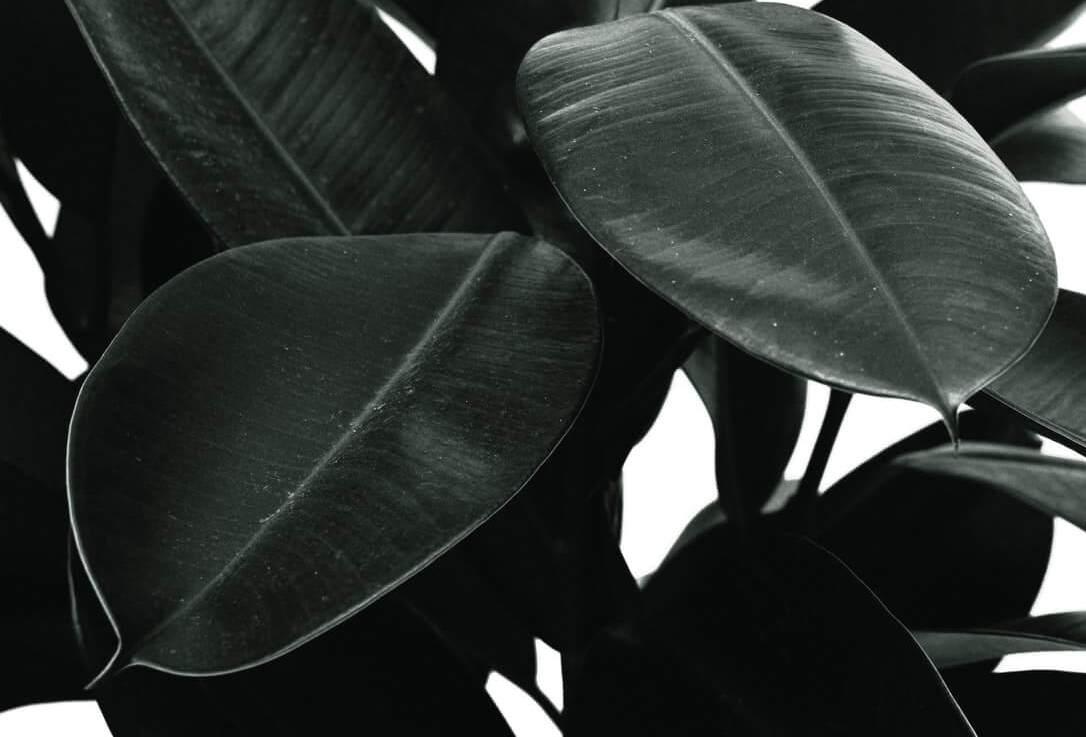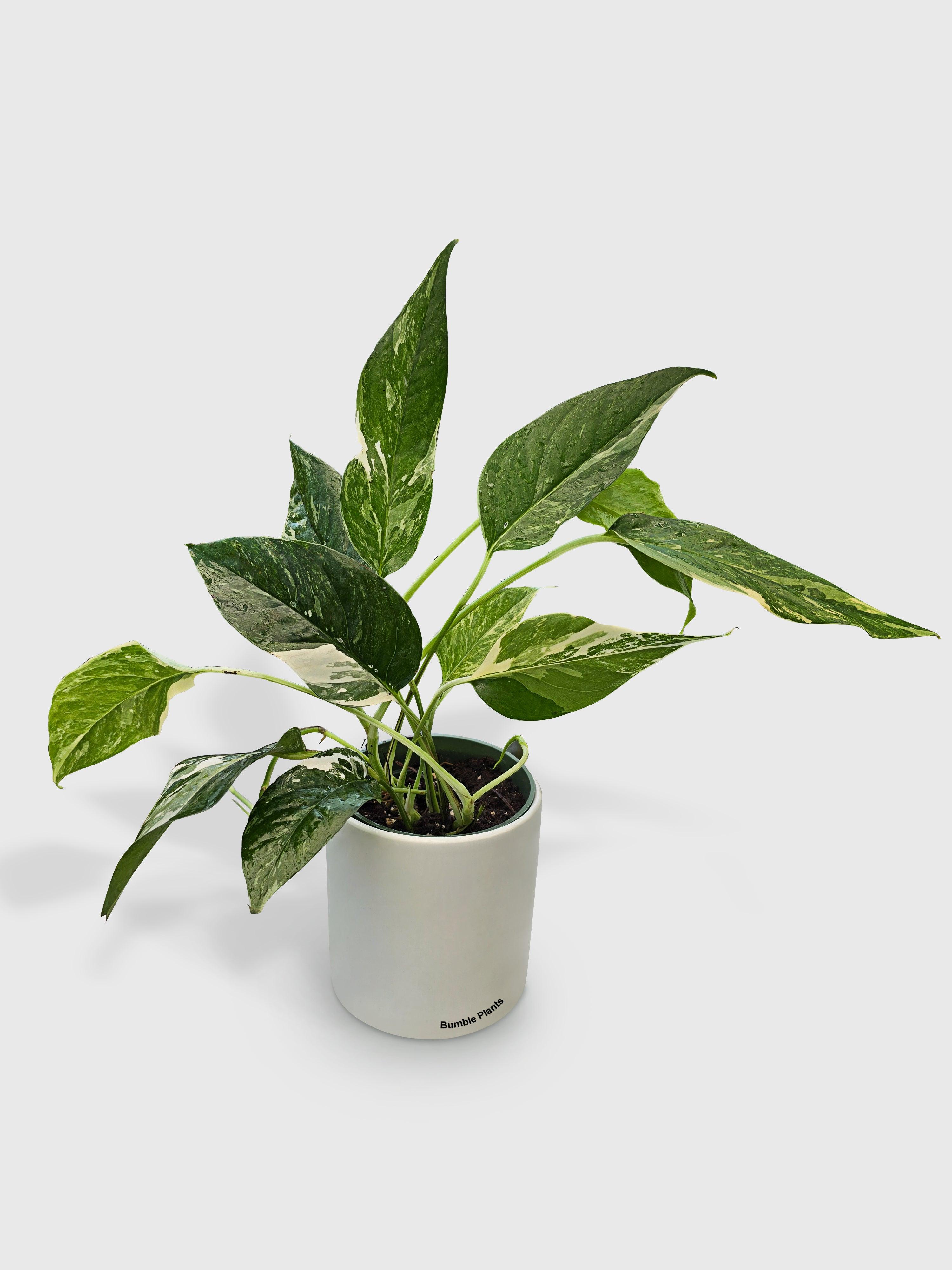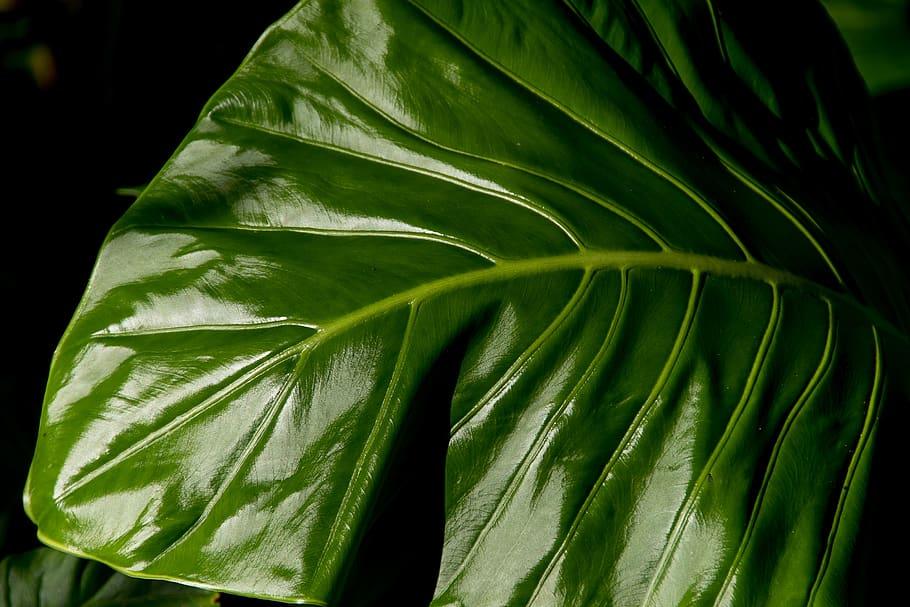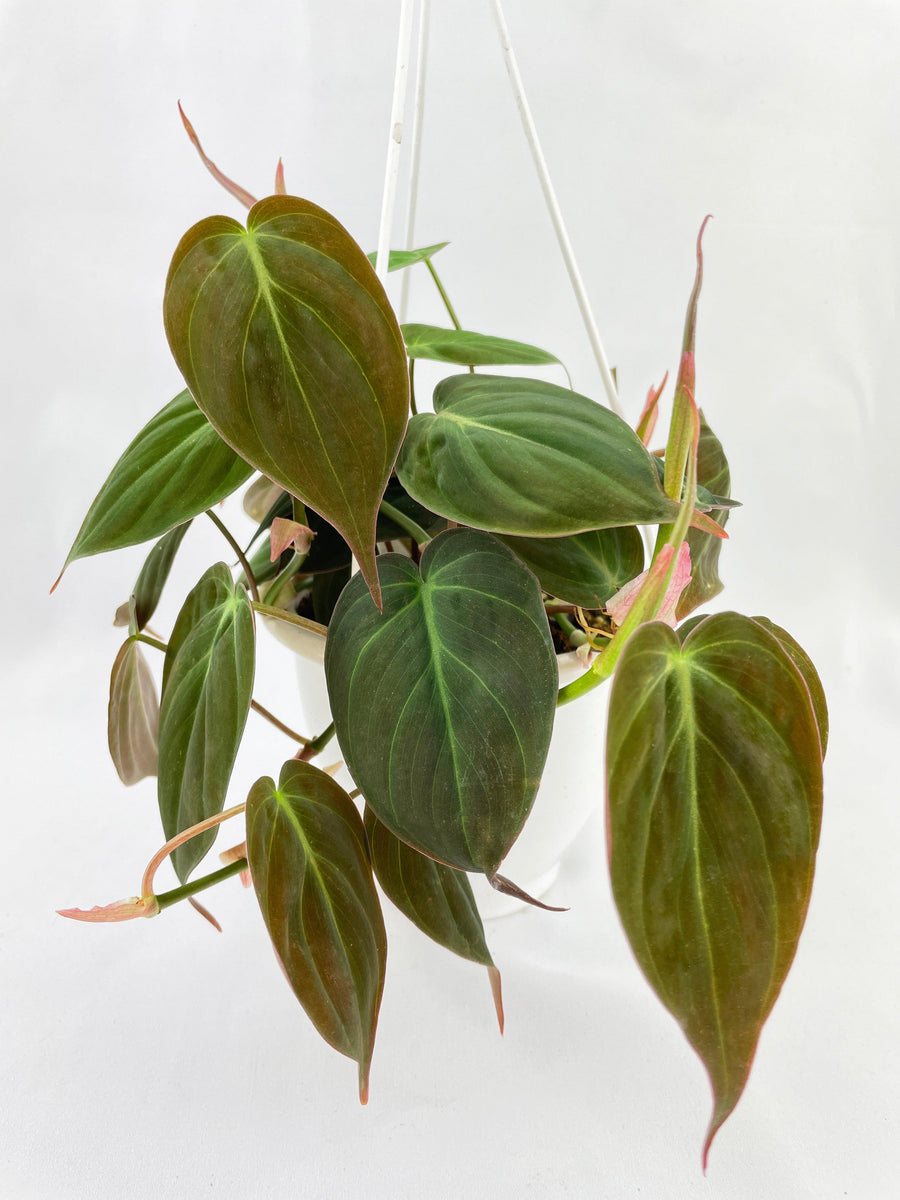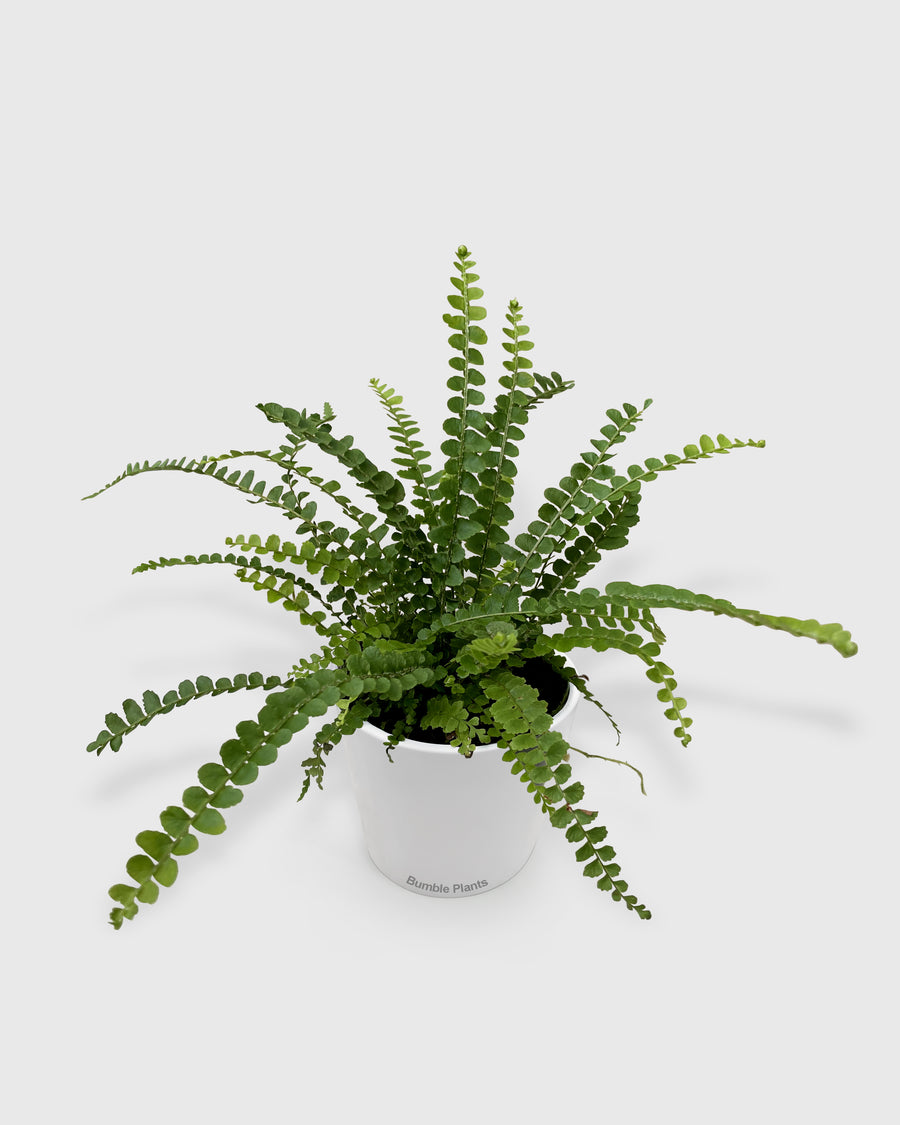Spider Plant Care Made Easy: Tips for Thriving Plants
Spider plants have captivated indoor gardeners with their elegant appearance and remarkable ability to improve air quality. Their long, arching leaves, often adorned with tiny white flowers, add a touch of elegance to any room. What sets spider plants apart is their resilience and adaptability to various indoor environments, making them a favorite among beginners and seasoned plant enthusiasts alike. In this comprehensive guide, we'll delve into the intricacies of spider plant care, uncovering the secrets to nurturing these green companions to their fullest potential. Whether you're a novice plant parent eager to embark on your gardening journey or a seasoned pro looking to refine your care routine, this guide will equip you with the knowledge and skills needed to cultivate thriving spider plants in your home. So, let's embark on this green adventure together and unlock the beauty and benefits of spider plant care.
Understanding Spider Plants
Before delving into care tips, it's essential to understand the characteristics of spider plants. Also known by their botanical name Chlorophytum comosum, these plants are native to South Africa and belong to the family Asparagaceae. Spider plants are prized for their long, slender leaves arch gracefully outward from the center of the plant, resembling spider legs, hence their name. They are typically grown as hanging plants or in pots, adding a touch of greenery to any indoor space. Spider plants are known for their air-purifying abilities, removing toxins such as formaldehyde and xylene from the air, making them an excellent choice for improving indoor air quality. Understanding the unique features and benefits of spider plants lays the foundation for effective care practices.
Growing Conditions
To ensure your spider plants thrive, it's crucial to provide them with the right growing conditions. Spider plants prefer bright, indirect sunlight, although they can tolerate some degree of shade. Placing them near a window where they can receive filtered sunlight or in a well-lit room is ideal. However, direct sunlight can scorch their leaves, so it's essential to avoid placing them in direct sun for extended periods. Additionally, spider plants thrive in temperatures between 65°F to 75°F (18°C to 24°C) and prefer moderate humidity levels. While they can tolerate slightly cooler or warmer temperatures, extreme fluctuations should be avoided. Providing the ideal growing conditions sets the stage for healthy growth and ensures your spider plants remain vibrant and flourishing.
Watering Spider Plants
Proper watering is crucial for spider plant care. These plants prefer evenly moist soil but can tolerate occasional drying out between waterings. Overwatering can lead to root rot, while underwatering can cause the leaves to become dry and brown. A good rule of thumb is to water spider plants when the top inch of soil feels dry to the touch. Water thoroughly, allowing excess water to drain away from the pot to prevent waterlogging. During the growing season, typically spring and summer, spider plants may require more frequent watering, while in the dormant season, fall and winter, they can be watered less often. It's essential to strike a balance and avoid both overwatering and underwatering to keep your spider plants healthy and thriving.
Potting and Soil
Choosing the right pot and soil is super important to keep your spider plant healthy and happy. First things first, go for a pot that lets excess water drain out easily. This stops water from pooling at the bottom, which can make your plant's roots go bad. Spider plants like soil that's loose and airy but still holds onto some moisture. You can either grab a premade indoor plant mix or make your own by mixing peat moss, perlite, and vermiculite. When it's time to move your plant to a bigger pot, go for one that's a little bigger than the current one. This gives your spider plant room to stretch out its roots and grow. Remember, repotting usually happens every two to three years or when your plant starts to outgrow its pot. Getting the pot and soil right helps your spider plant stay healthy and keeps its roots happy, which is super important for its overall well-being.
Fertilizing Spider Plants
While spider plants are relatively low-maintenance, occasional fertilizing can help support healthy growth and foliage. During the growing season, which typically spans from spring to early fall, fertilize your spider plants once a month with a balanced, water-soluble fertilizer diluted to half strength. Avoid over-fertilizing, as this can lead to salt buildup in the soil, damaging the plant's roots. During the dormant season, reduce or cease fertilization altogether, as the plant's growth slows down. Spider plants are not heavy feeders, so a light fertilizer application is usually sufficient to meet their nutritional needs. Additionally, consider using organic fertilizers or slow-release fertilizers for a gentler, more sustained nutrient supply. Fertilizing your spider plants appropriately helps ensure they receive the essential nutrients needed for robust growth and vibrant foliage.
Pruning and Maintenance
Regular pruning and maintenance are essential for keeping your spider plants healthy and attractive. Remove any yellow or brown leaves promptly to encourage new growth and prevent the spread of disease. Use clean, sharp scissors or pruning shears to make clean cuts, not damaging the healthy foliage. Additionally, spider plants can produce small offsets, also known as siderites or plantlets, which can be removed and propagated to create new plants. To propagate siderites, simply cut them off from the parent plant and place them in a container of water or potting mix until they develop roots. Once rooted, transplant them into their pots to continue growing. Pruning and propagating spider plants not only helps maintain their appearance but also allows you to expand your plant collection or share them with friends and family. Regular maintenance ensures your spider plants remain healthy and vibrant for years to come.
Pest Control
While spider plants are relatively resistant to pests, they can occasionally fall victim to common indoor pests such as spider mites, aphids, and mealybugs. Keeping an eye out for signs of pest infestation is crucial for early detection and control. Inspect the leaves and stems regularly for any signs of webbing, stippling, or sticky residue, which may indicate the presence of pests. If pests are detected, there are several natural remedies and treatments you can use to control them. For example, spraying the affected plants with a mixture of water and mild dish soap can help suffocate and eliminate pests. Alternatively, neem oil or insecticidal soap can be effective against spider mites and other pests. Avoid using harsh chemical pesticides, as these can harm both the plants and beneficial insects. Regularly cleaning the leaves with a damp cloth or gentle shower can also help prevent pest infestations by removing dust and debris. By staying vigilant and implementing appropriate pest control measures, you can keep your spider plants healthy and pest-free.
Common Issues
Despite their resilience, spider plants may encounter some common issues that can affect their health and appearance. Understanding these issues and knowing how to troubleshoot them is essential for maintaining thriving plants. One common issue is browning tips on the leaves, which can be caused by underwatering, low humidity, or excess fertilizer. Adjusting watering frequency, increasing humidity levels, and reducing fertilizer application can help alleviate this problem. Yellowing leaves may indicate overwatering, poor drainage, or insufficient light. Adjusting watering practices, improving soil drainage, or moving the plant to a brighter location can help address this issue. Another common issue is root rot, which occurs when the roots are constantly exposed to excess moisture. To prevent root rot, ensure proper drainage and avoid overwatering. Additionally, spider plants may occasionally suffer from leaf discoloration or curling, which can be caused by temperature extremes, drafts, or pest infestations. Addressing these underlying issues and providing optimal growing conditions can help resolve common problems and keep your spider plants healthy and vibrant.
Conclusion
Spider plants are undoubtedly one of the most popular choices for indoor gardening enthusiasts, thanks to their striking foliage and low-maintenance nature. By following the tips outlined in this comprehensive guide, you can ensure your spider plants thrive and remain healthy year-round. From understanding their unique characteristics to providing the ideal growing conditions, proper care is key to unlocking the full potential of these resilient plants. Remember to water them appropriately, choose the right pot and soil, fertilize sparingly, and stay vigilant against pests and common issues. Additionally, don't forget the importance of regular pruning and maintenance to keep your spider plants looking their best. Taking the time to trim away dead or damaged leaves and propagate siderites not only enhances the plant's appearance but also encourages new growth. With a little love and attention, your spider plants will reward you with lush foliage and a touch of greenery to brighten any indoor space. So, whether you're a seasoned plant parent or just starting your indoor gardening journey, spider plant care doesn't have to be complicated. With the right knowledge and approach, you can enjoy beautiful, thriving spider plants in your home for years to come.


